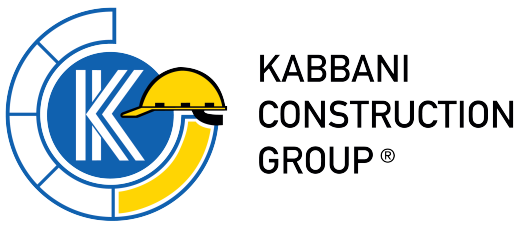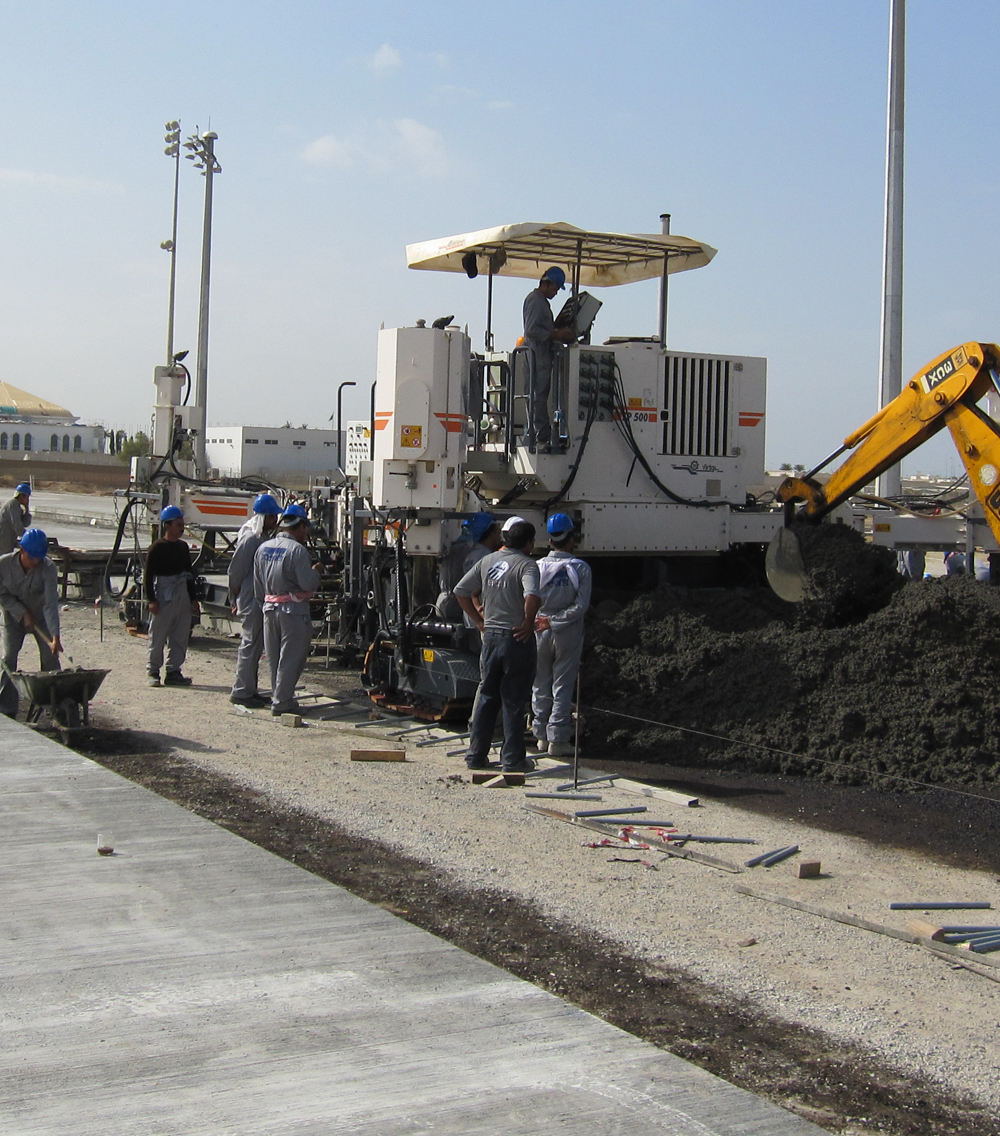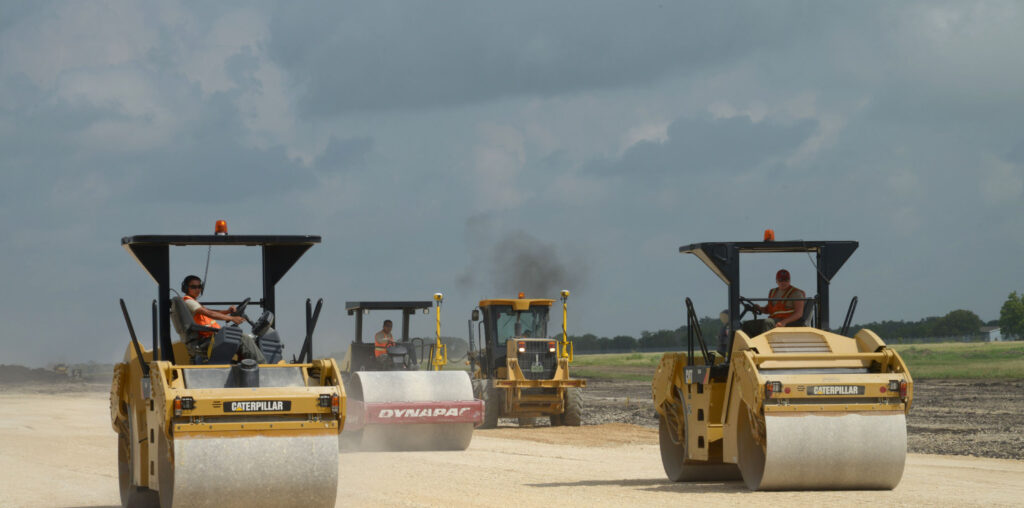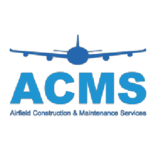The condition of the runway surface is important when you are looking to improve airfield safety. There are many elements which can affect this such as: structure, materials used, surface type, snow, ice, water and contamination from various sources (especially from rubber deposits).
Regardless of the pavement type, runway friction characteristics will change over time depending on the type and frequency of aircraft activity and weather conditions. In addition to ordinary mechanical wear and tear from aircraft tyres, contaminants can collect on runway pavement surfaces which decreases their friction properties. Contaminants such as rubber deposits, dust particles, jet fuel, oil spillage, water, snow, ice and slush cause friction loss on runway pavement surfaces.
Accidents and near accidents can occur from planes overshooting or veering off contaminated runways. It is therefore essential to maintain the airports runways to the highest possible standards and to ensure adequate surface drainage and grip, especially in areas of takeoff and landing.
Companies continue to develop technologies in order to reduce the braking distance of airplanes. Over the years they have developed different technologies and methods such as new braking mechanisms and methods to prevent the build up of snow, ice, water and contaminants on the runway. Also retexturing the surface by applying chemicals or blasting valuable drinking water have been a long used method.
However, cleaning and retexturing runways with mobile shot blasting systems has proven to be the safest, environmentally friendliest and cost effective solution.

